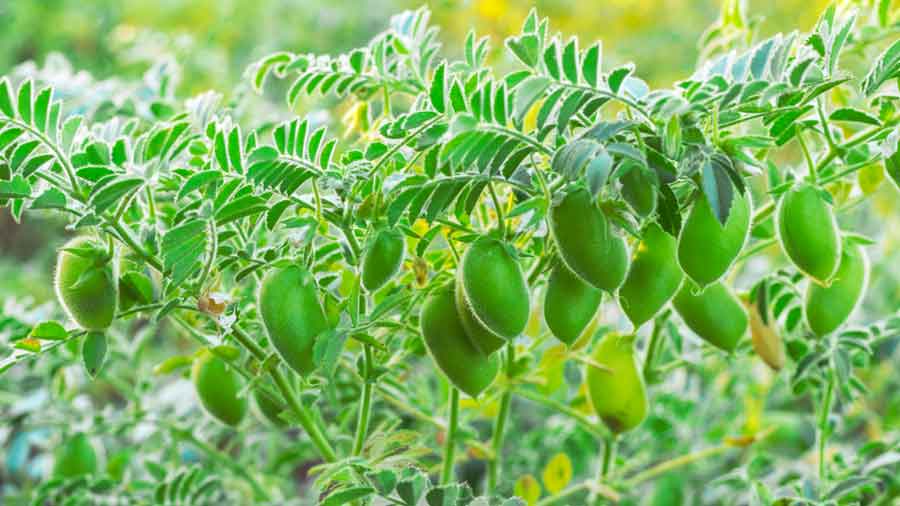Indian scientists have helped identify “good” and “bad” genes in the chickpea through a 10-country research effort that has also corroborated the legume’s origins in the Fertile Crescent and migration into South Asia.
The study, described as the most comprehensive genomic analysis yet on chickpea, a staple legume in over 50 countries, will help shape future crop breeding strategies to boost yields, the scientists said on Wednesday.
Chickpea yields have steadily improved since organised plant breeding efforts started about a century ago in the early 20th century. But the new study has revealed that even the highest yielding current cultivated chickpea varieties still possess so-called bad genes that can lower crop performance in the field.
“Traditional plant breeding has been largely based on crossing and selecting best-looking lines,” said Rajeev Varshney, research director at the International Crops Research Institute for the Semi-Arid Tropics (ICRISAT) in Hyderabad, who led the study.
“We now know exactly which genes need to be selected and which need to be purged to improve yields,” he said. “We have a genome-based road map to improve the crop even more.”
The so-called good genes are those that confer beneficial traits — such as drought or heat tolerance or higher yields — in plants, while bad genes are those that reduce crop performance.
The study has also for the first time used large-scale genomic data to affirm the origin of chickpea domestication in the region of the Middle East called the Fertile Crescent some 10,000 years ago, earlier established through archaeological research.
The genome analysis points to two paths of migration to the rest of the world. One moved the crop east into South Asia and East Africa, while the other introduced chickpea into the Mediterranean region and Central Asia.
The scientists published their findings in the research journal Nature on Wednesday.
“Chickpea demand is set to increase in the coming years as the world’s population rises — we need research like this to help major producers such as India to boost crop production while making crops climate-resilient,” said Trilochan Mohapatra, director-general of the Indian Council of Agricultural Research.
Varshney, working with collaborators across the world, had sequenced the chickpea genome in 2013. In their new research, they analysed the genomes of over 3,100 cultivated and 195 wild chickpea varieties from across the world to study patterns of genes.
“By developing many genomic resources for chickpea over the last decade, ICRISAT has helped the crop shed its ‘orphan’ tag,” said Jacqueline Hughes, ICRISAT’s director-general. “We will continue to research chickpea and translate findings into crop varieties that benefit farmers and consumers.”










